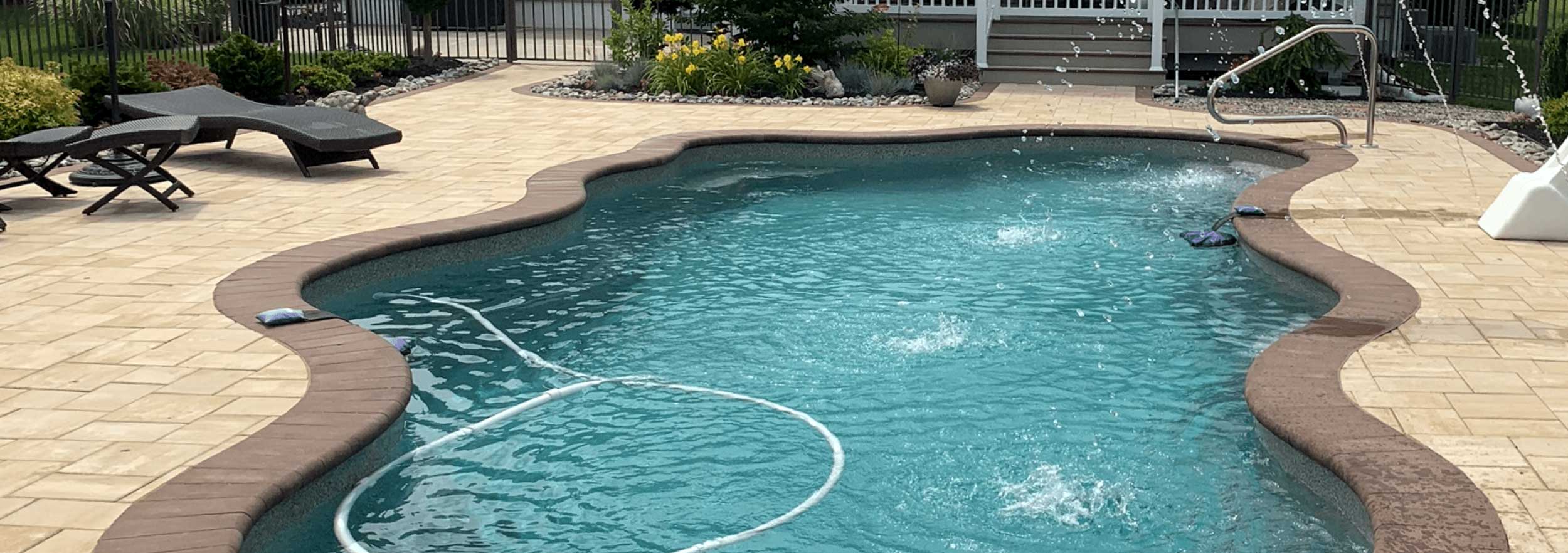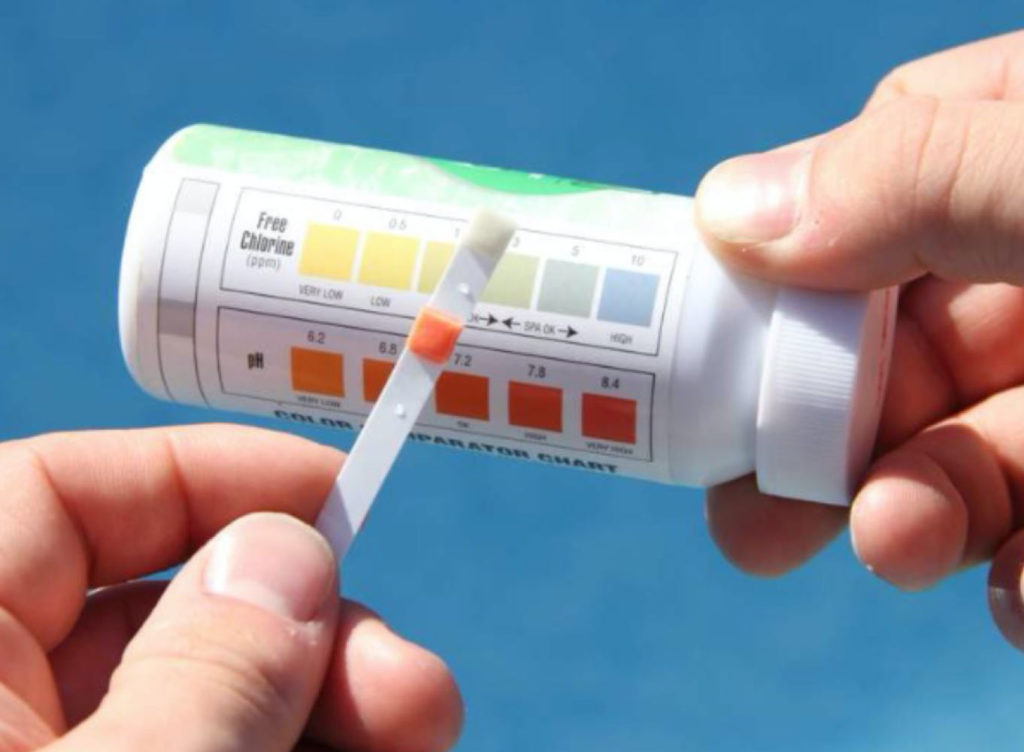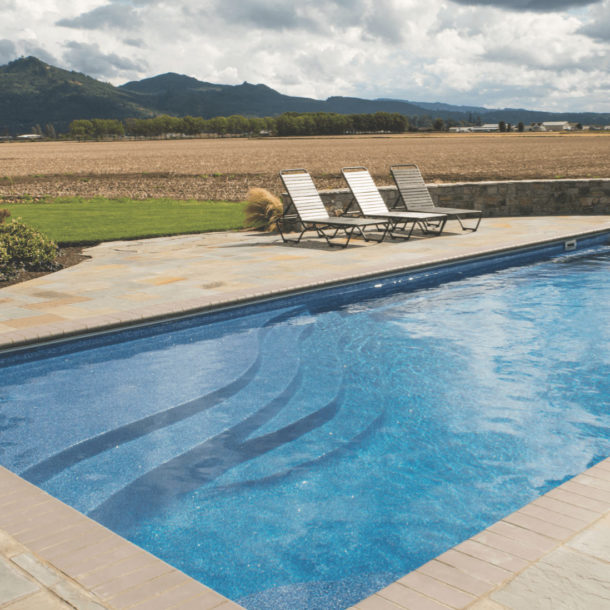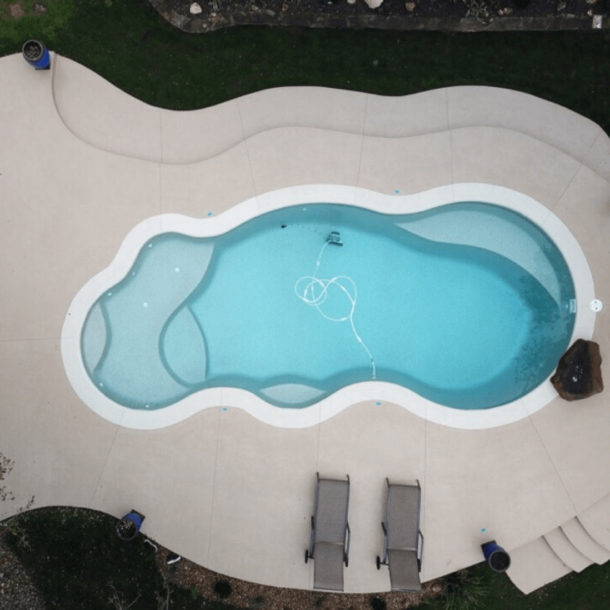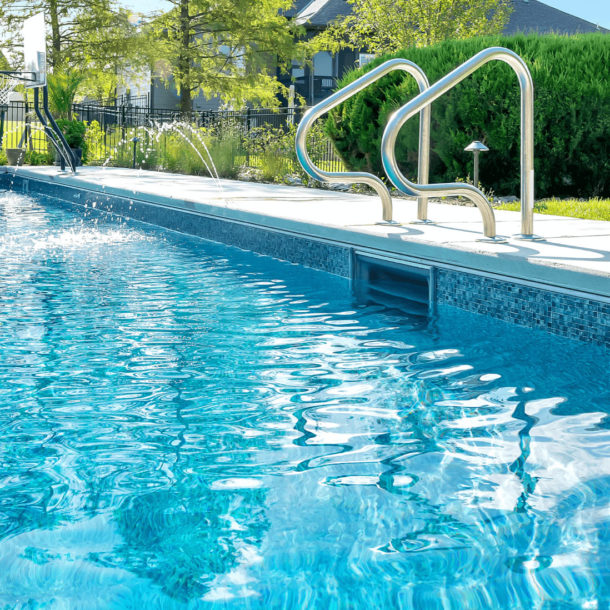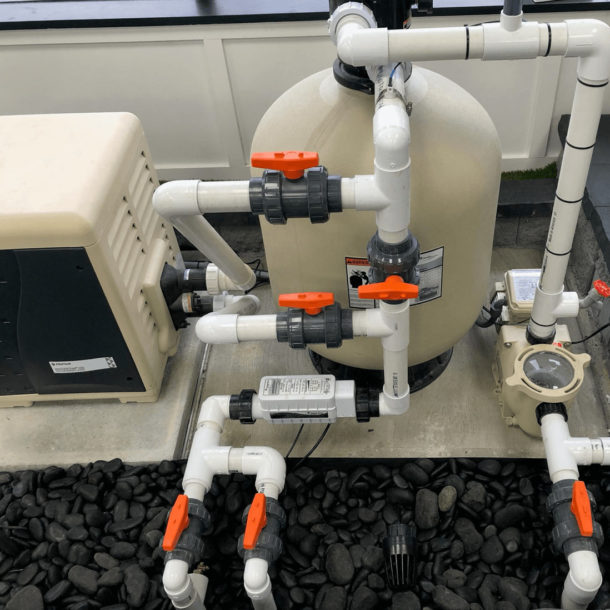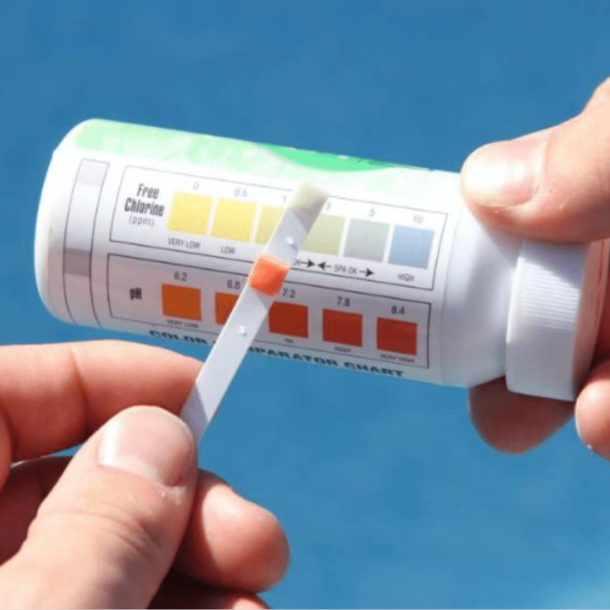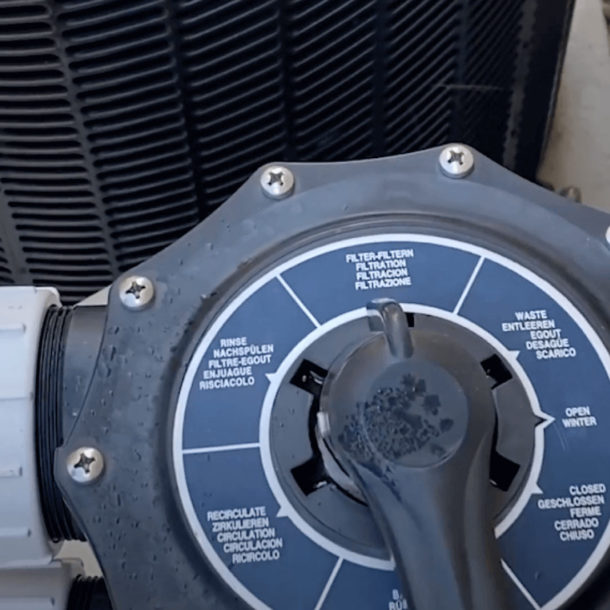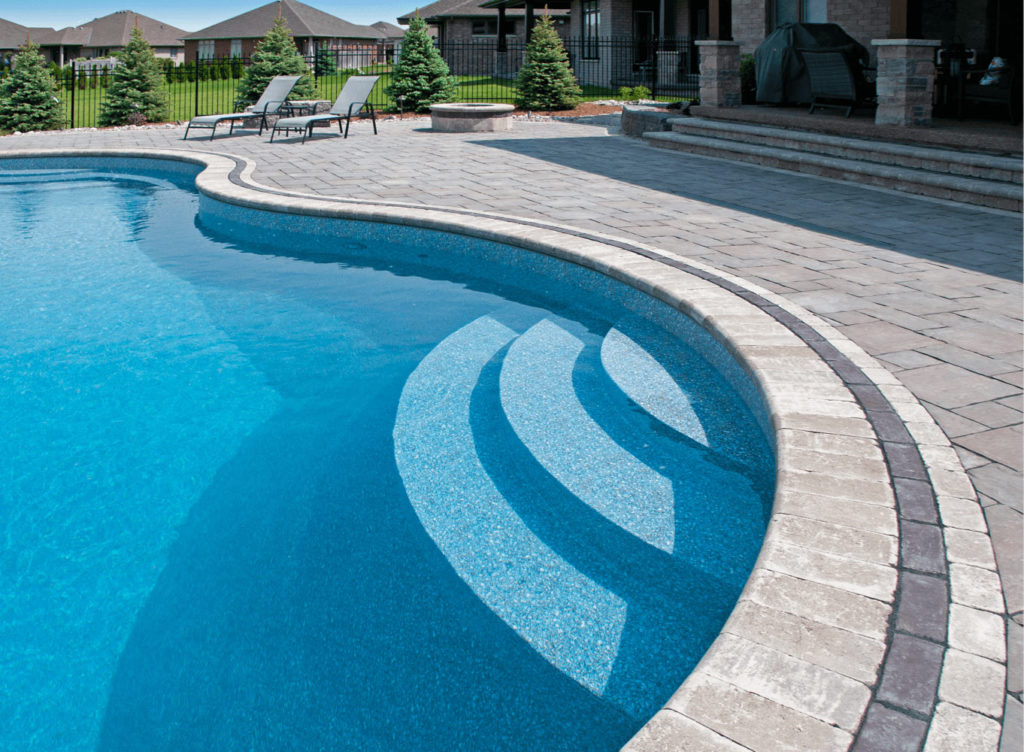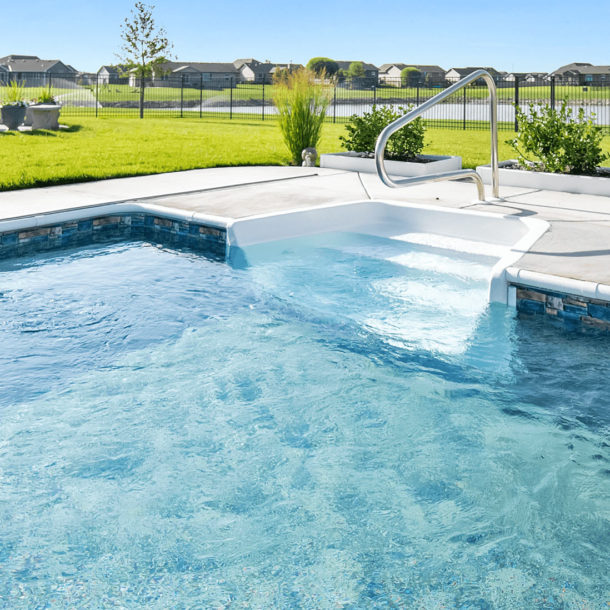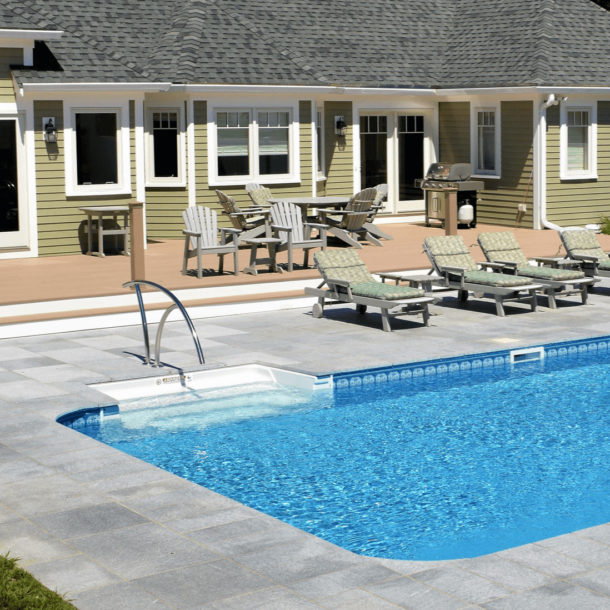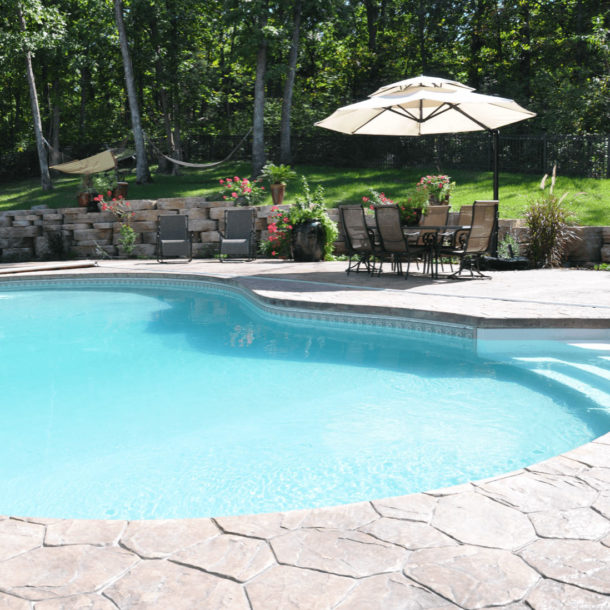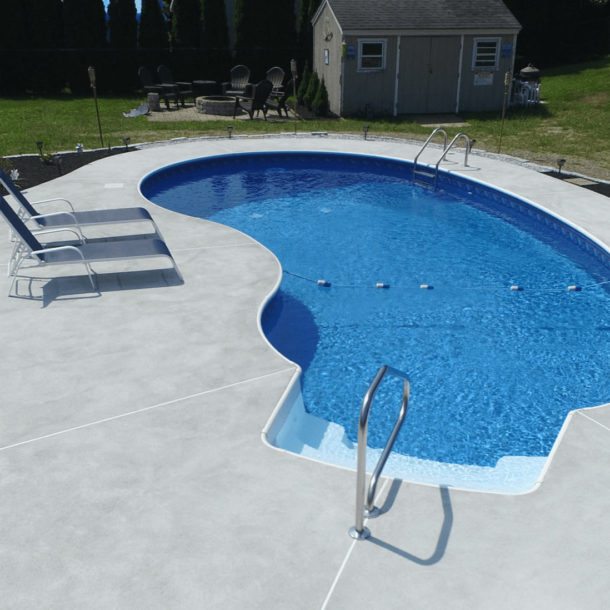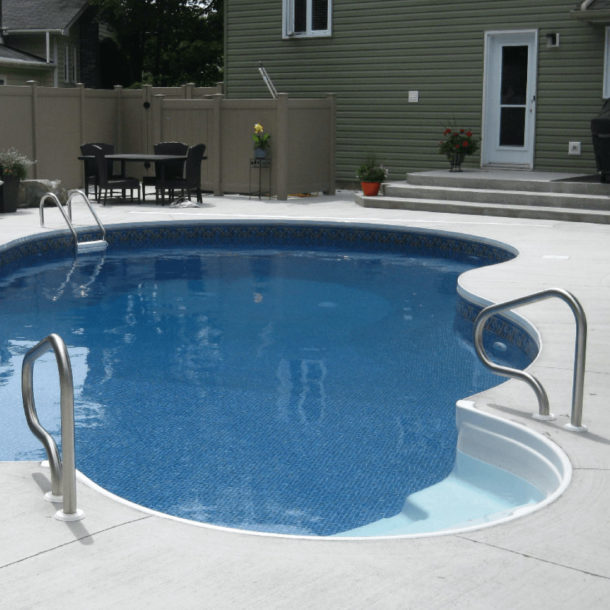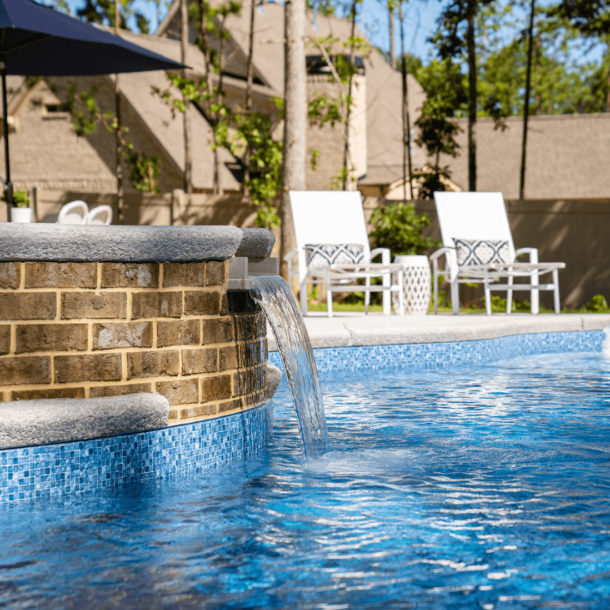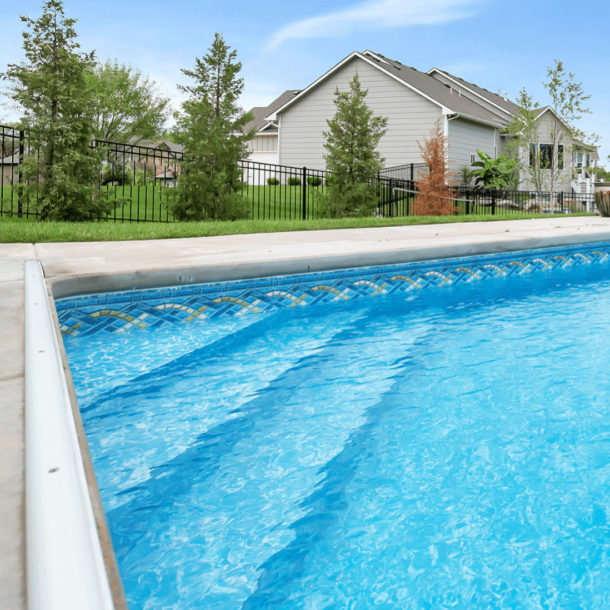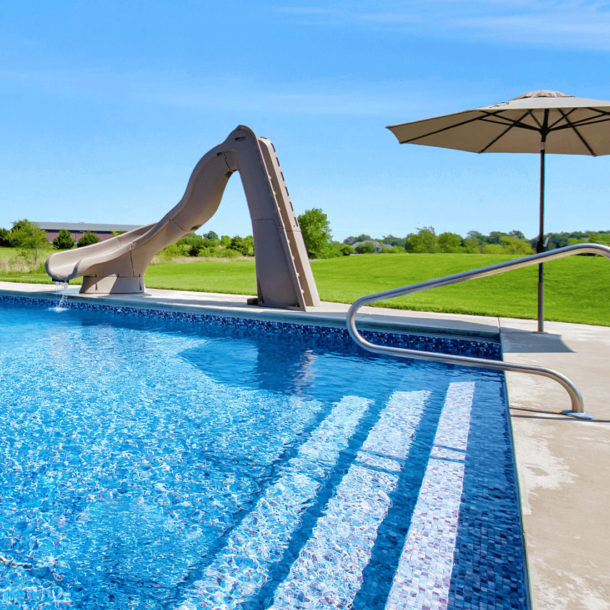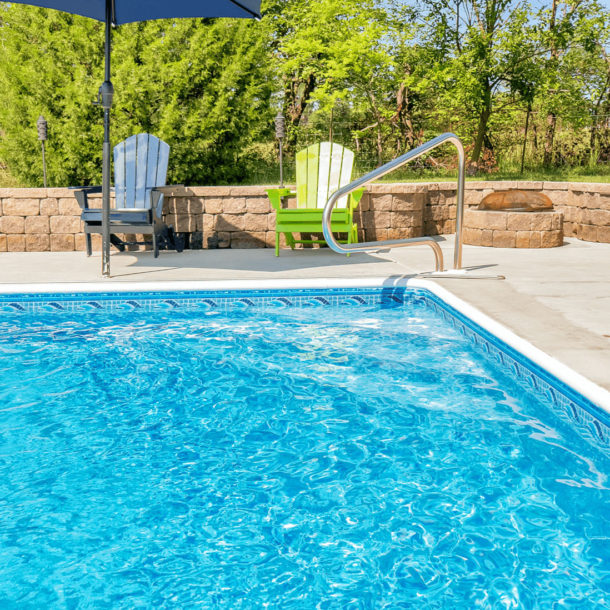A little regular maintenance and cleaning can go a long way to ensure you can enjoy your pool for years to come. Staying on top of pool upkeep can minimize costly repairs and maintenance down the line. Just like a car, it’s important to take care of your pool on a regular basis. The good news is, If you have a vinyl liner or fiberglass pool, you have the unique advantage that these pools require minimal maintenance and upkeep compared to their concrete counterparts.
When it comes to pool cleaning, we highly recommend contacting a local independent Latham Independent Builder. If you want to learn more about the process, this pool cleaning guide makes it simple with step-by-step instructions for all your frequently asked questions.
Chemicals & Tools Needed to Clean Your Pool
After your beautiful, brand-new swimming pool is installed, one of your first questions will likely be, “What do I need to clean my pool?” The checklist below highlights six essential products you’ll need to clean your vinyl liner or fiberglass pool.
Vinyl Liner and Fiberglass Pool Cleaning Products
A Magic Eraser or other cleaning sponge can come in handy when it’s time to clean your pool steps — not to mention scum lines. You’ll need a bristle brush to gently scrub algae away from the floor, walls and steps of your pool. Whether your swimming pool is vinyl liner or fiberglass, make sure to choose a brush with soft nylon bristles, which will help you avoid accidentally scratching and damaging your pool liner. Always remember to test these tools in a discrete place before using it in highly-visible areas. Learn more about cleaning your pool steps below.
Whether it’s constructed from vinyl or fiberglass, you should chemically treat or “shock” your pool when necessary to destroy chloramines, bacteria and other contaminants. Some common options for pool shock include calcium hypochlorite (cal-hypo), dichloro-s-triazinetrione (di-chlor) and potassium monopersulfate, which provides a chlorine-free alternative to conventional pool shocks.
If you need help selecting the right pool shock, contact your local Latham pool dealer. We also put together a helpful guide explaining how to shock your pool.
A vacuum is an essential piece of cleaning equipment for any pool, including vinyl and fiberglass models. You can vacuum your swimming pool manually, but a robotic vacuum cleaner allows for easier, hands-free maintenance, so that you can relax while your vacuum does the work. Other types of pool vacuums include suction vacuums, which are an economic option, and pressure vacuums, which work together with pool pumps and booster pumps.
A skimmer net allows you to scoop up and remove debris that has accumulated on the water’s surface, such as floating leaves or dead insects. Pool skimmers are usually available in flat or bag net styles, depending on your preference. While bag nets generally hold more, they can also be trickier to empty out when you’re finished. Don’t confuse the skimmer net with your pool skimmers, which are mounted around the walls of your pool where they collect debris and contaminants. A leaf rake can also help to clear debris from your pool. You can choose either tool depending on the type and amount of debris in your pool.
A telescopic pole is a multipurpose tool that acts like an arm, enabling you to clean otherwise impossible-to-reach areas of your vinyl or fiberglass pool. You can easily attach many types of pool cleaning equipment to your telescopic pole, including pool brushes, skimmer nets, and if vacuuming manually, pool vacuum heads.
How to Clean an Inground Pool: Step by Step
There’s no need to be intimidated by the thought of DIY pool maintenance. We always recommend contacting an independent Latham pool professional if you’re unsure about the process, but cleaning your pool can be broken down into eight steps.
Learn More About Cleaning Your Pool
It’s challenging to answer this question because there are so many factors that impact your total pool cleaning time. To provide a few examples, these factors include the size of your pool; how heavy the staining or contamination is and whether the water needs to be balanced or shocked.
One of the best things about vinyl and fiberglass pools is that if you’re keeping them clean on a regular basis (running your pool pump and having your pool dealer check on things), they require less maintenance than other pool types. Instead of worrying about how long the process will take, it’s more productive to focus on creating a regular schedule to check your pool. The more frequently you test, balance and clean your pool, the less work you’ll have to do each time. This means less time scrubbing steps and more time practicing cannonballs.
For truly effortless cleaning, you can also consider hiring a professional. In fact, there are certain situations where we actually recommend it, such as opening your pool for spring. With this type of heavy-duty project on your hands, it’s usually a good idea to call in expert help.
Most pool dealerships will be happy to provide you with trustworthy recommendations, or even provide you with their own pool cleaning services. Either way, you get peace of mind knowing your pool is in experienced professional hands — and besides, wouldn’t you rather be sunbathing than scrubbing?
The more often you clean your pool, the less opportunity there will be for staining and contamination. That means more time enjoying your pool, and less time maintaining it.
For best results, we recommend following our step-by-step cleaning routine about once per week, but remember, you don’t need to shock your pool on a weekly basis. There may be times when you need to clean your pool more frequently, such as after a windstorm or inclement weather.
Also, remember to balance your pool’s chemistry regularly. A pool may look clean but it may not be safe to swim if the water isn’t balanced properly.
Most dealerships can provide or recommend professional pool cleaning services. Contact us to learn more about the services in your area.
You step out onto your lawn, ready for a refreshing dip in your pool — only to find that the once-turquoise water is nearly as green as your grass! Typically caused by the growth of algae, green water is common in hotter climates, where these fast-growing organisms can thrive.
Fortunately, there are easy steps you can take to fix it at home. For DIY solutions to murky or green pool water, check out our step-by-step guide on how to get rid of pool algae.
Inground Pool Cleaning Checklist
Download our free maintenance checklist to get a step-by-step breakdown for cleaning your inground swimming pool.
How to Clean Pool Steps and Keep Them Clean in Your Vinyl Liner Pool
Cleaning your pool but ignoring the stairs is like cleaning your kitchen but ignoring the dishes. If you want to be thorough — and get the greatest benefits — it’s important to give your swimming pool steps as much attention as the rest of your pool. So what does the cleaning process involve, and how does it differ for vinyl and acrylic fiberglass steps?
The Best Way to Clean Fiberglass Pool Steps
Follow the 3-step process below to clean acrylic fiberglass pool steps (also known as molded steps) in your vinyl liner pool.
How to Clean Vinyl Pool Steps
Vinyl-over steel or polymer pool steps require different cleaning methods than acrylic fiberglass pool steps. To clean vinyl stairs, you should follow the same steps you would use to clean a vinyl liner. Here’s how to get the job done.
Inground Pool Steps Maintenance Checklist
Download our free step-by-step checklist for cleaning different types of inground steps, including acrylic fiberglass steps, vinyl-over steel and vinyl-over polymer steps.
Learn More About Pool Maintenance
You’ve already put so much thought and care into designing your dream pool. Don’t let an avoidable mistake, like accidentally using petroleum on vinyl, cost you time and money. Instead, explore our maintenance guides and contact us for any pool-maintenance questions.
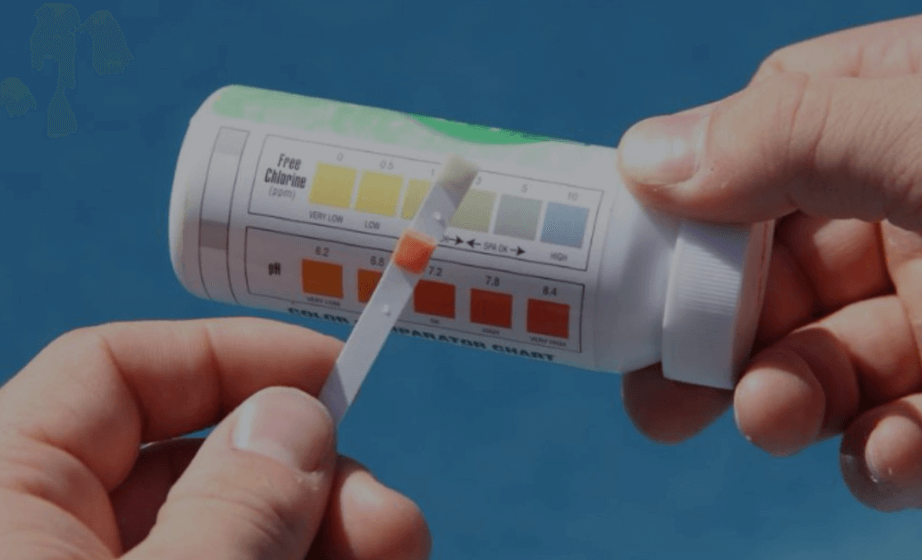
Methods for Testing Water Chemistry
Balancing your pool’s water chemistry is essential to keeping water clear, preventing damage and getting the most enjoyment out of your pool. Get tips for creating the right chemical environment for your pool.
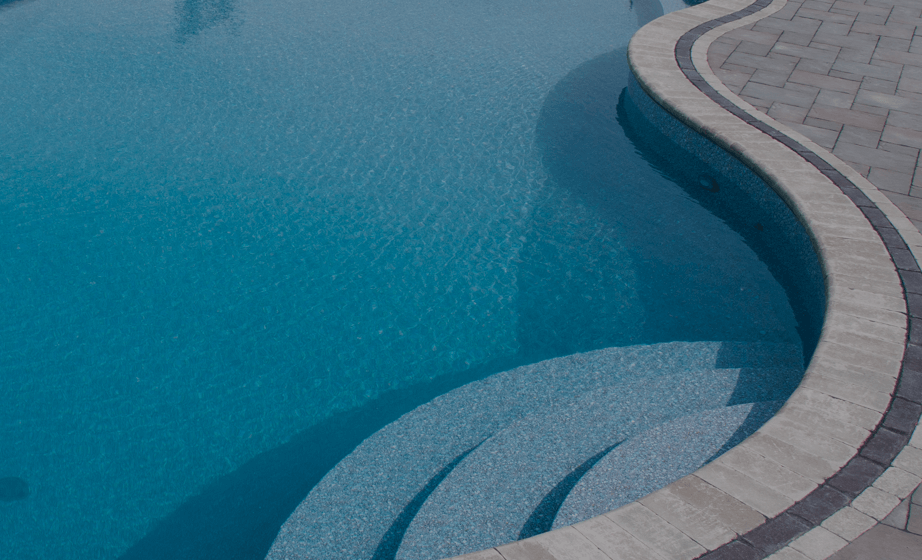
How To Shock Your Swimming Pool
Sanitizing your pool involves balancing chlorine and chemical levels to destroy bacteria and algae that can put a damper on your fun. Learn how to sanitize your chlorine or saltwater pool.
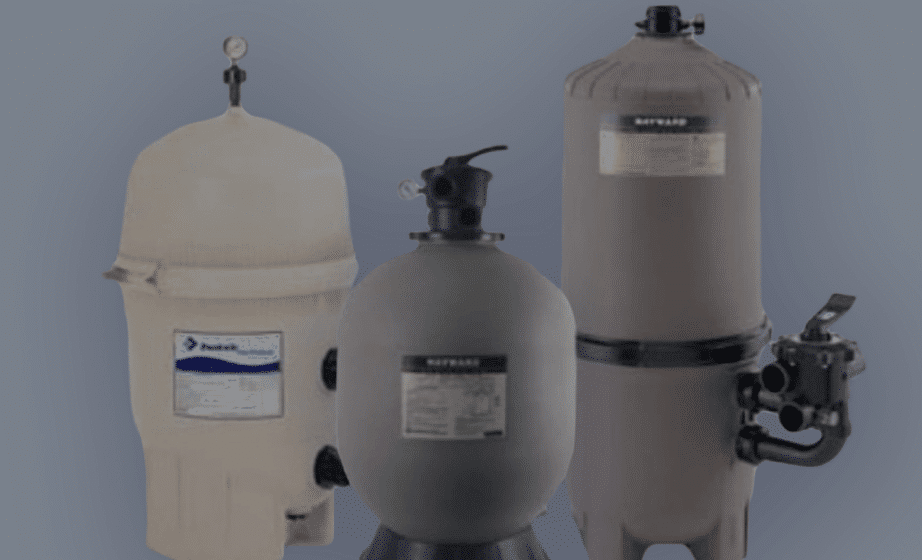
How to Clean Pool Filters
Your pool filters work hard so you don’t have to! However, while your pool filters work to trap dirt and debris, they still need a little TLC. Get tips to clean your pool filters.
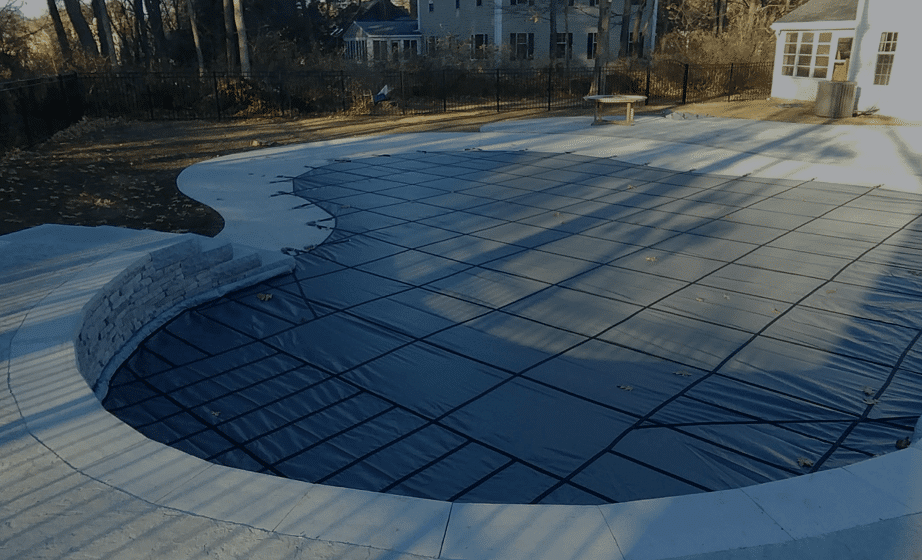
How to Winterize an Inground Pool
If you live in an area that experiences periods of freezing and thaw, there are necessary steps you should take to winterize your pool. Learn how to close your pool and protect your investment during winter months.
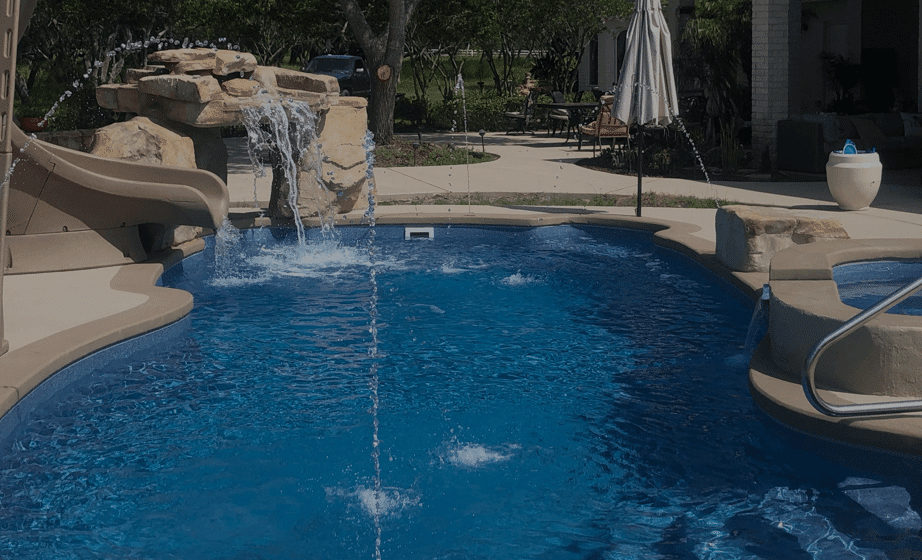
How to Open an Inground Pool in the Spring
Springtime heralds the dawn of greenery, sunshine and the promise of warmer temperatures. It’s also the perfect time to open your pool for the season! From the chemicals needed for pool startup to the best time to prep your pool for the season, learn everything you need to know about the pool-opening process.
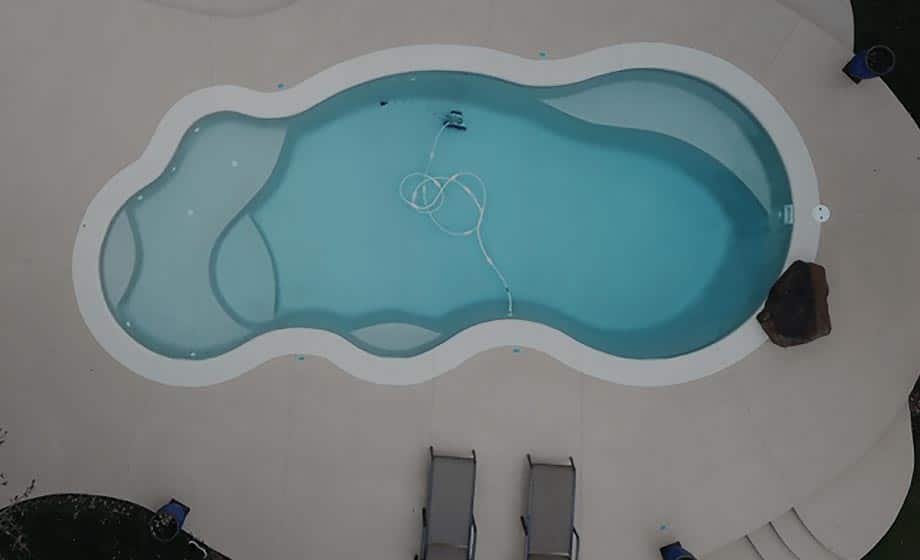
View All Maintenance Topics
If you’re new to pool maintenance, don’t worry! We’ve got you covered with resources that outline best practices for the basics of caring for your pool.

